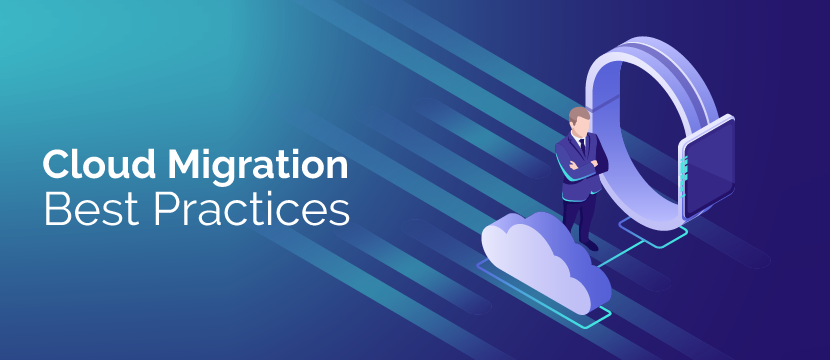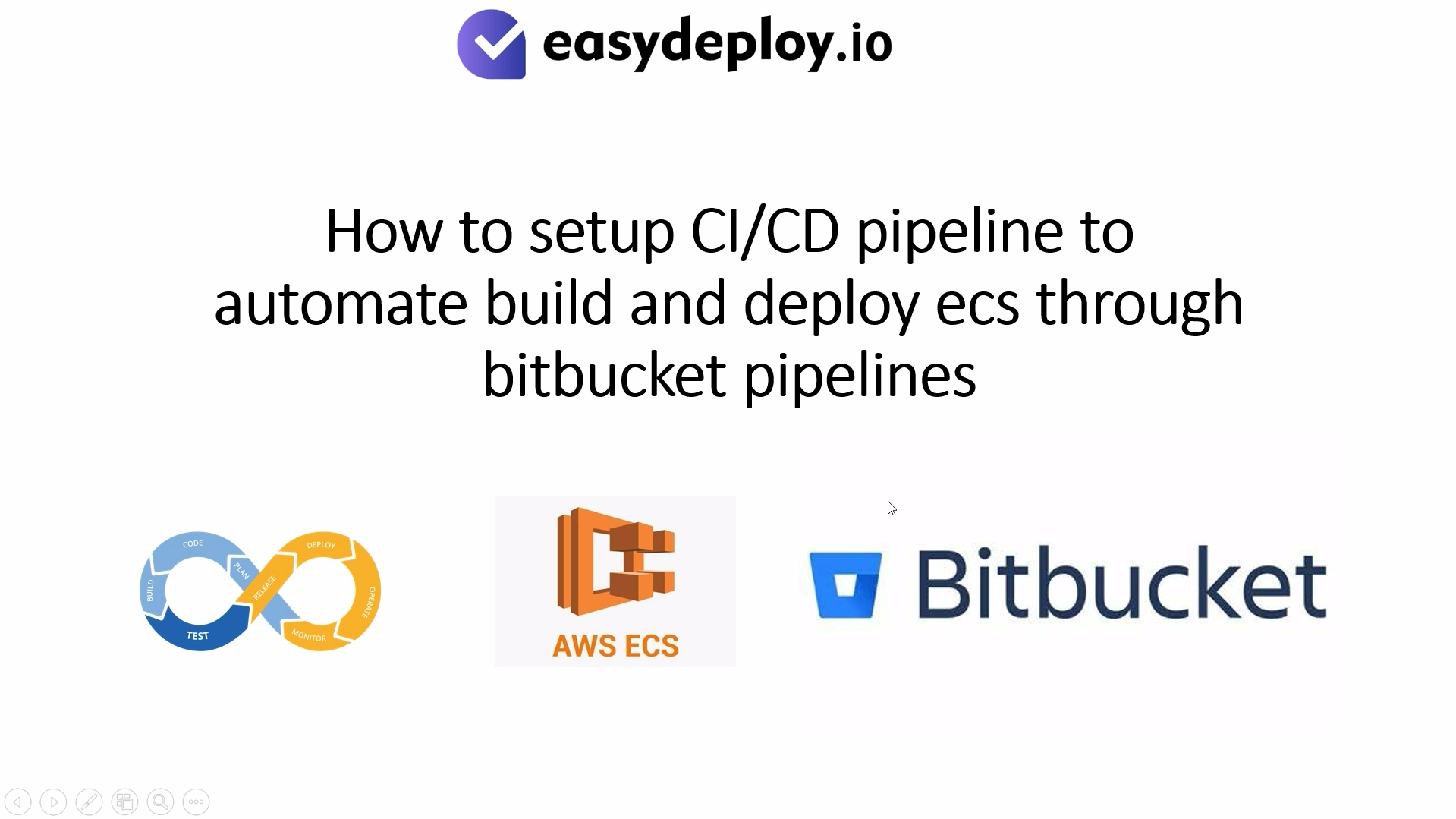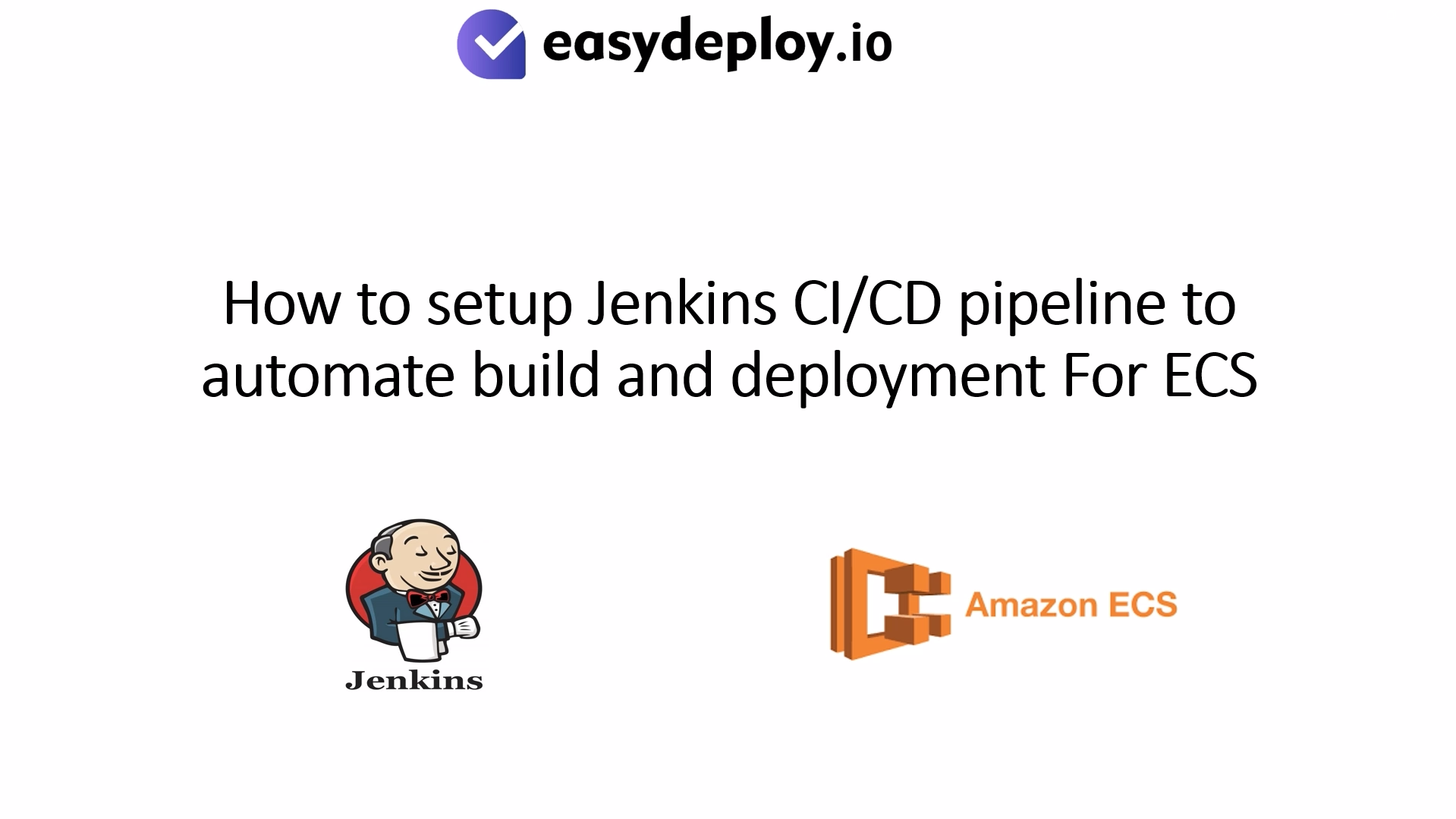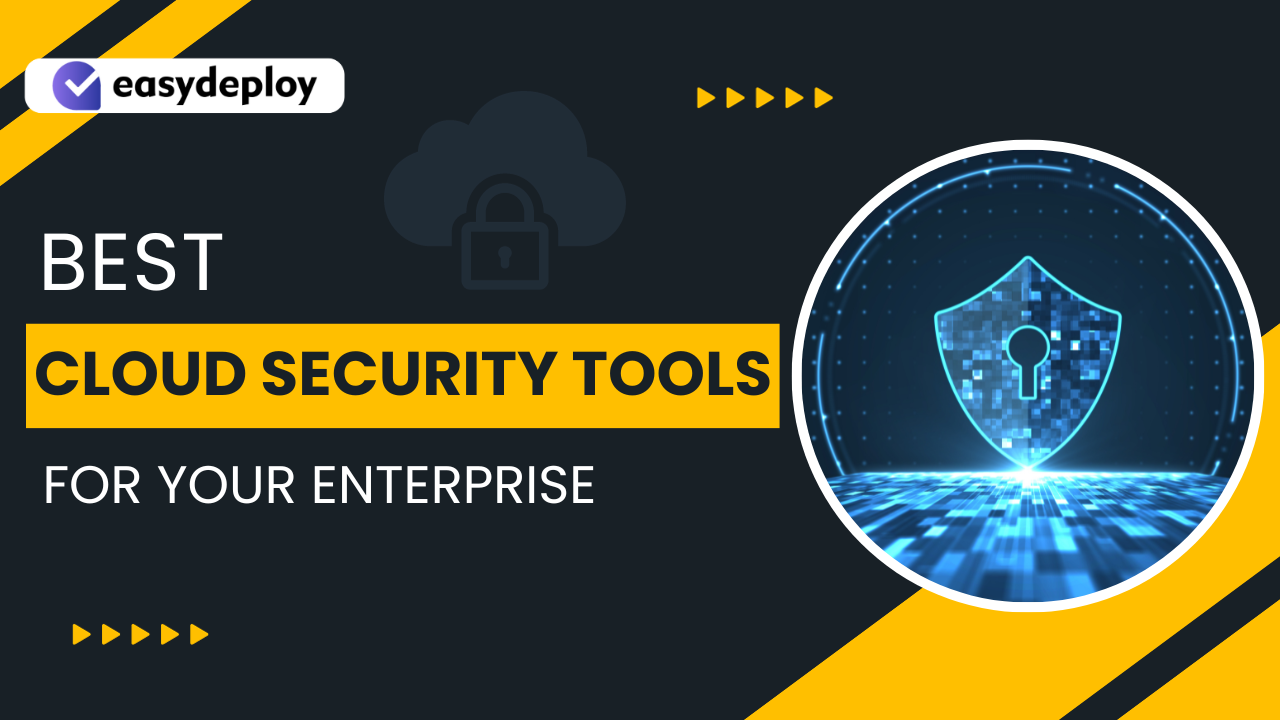Cloud migration is the buzzword in the current business environment. Almost every business is eager to invest in cloud spending. As a result, we can expect cloud spending to grow more than general IT expenses by 2020. Organizations in the present time are moving huge volumes of data to the cloud from on-premise storage platforms.
However, many organizations fail to realize their cloud migration objectives. Why? Because of the lack of awareness regarding cloud migration best practices for addressing challenges with cloud migration. For example, many organizations assume that cloud data migration is a one-time process.
If you are migrating to AWS Cloud, It is very important to build the right AWS Consulting Practice to perform a successful cloud migration by the experts. For this, it is recommended to choose an AWS consulting partner who will build a successful AWS consulting practice for your business. As an AWS consultant, you must know about the cloud migration best practices, and here we go!
Cloud Migration Best Practices
Cloud migration is neither easy nor a one time process. So, it is important to follow the best practices for cloud migration. Therefore, the following discussion would help you prepare a cloud migration checklist containing mentions of the best practices. Let’s get started!
1. Choosing the Right Migration Strategy
The first entry among best practices for cloud migration is a cloud migration strategy. The migration strategy is crucial for active migration of applications and infrastructure to the cloud. You need to have comprehensive preparation and clear understanding of business goals for the migration to prepare a migration strategy.
According to Gartner, organizations could use five ‘R’s for developing their cloud migration strategy. The five ‘R’s include rehosting, re-platforming, repurchasing, re-architecting and retiring.
Rehosting: The rehosting strategy involves lifting and shifting and is ideal for organizations which want quick migration to the cloud.
Re-platforming: Replatforming involves retaining the integrity of the core architecture and is also quick in introducing change.
Repurchasing: Repurchasing involves shifting one product to another entirely for addressing business use-case needs. Repurchasing is ideal in cases such as moving from one CMS platform to another.
Re-architecting: The re-architecting strategy is also one of the cloud migration best practices. Organizations can choose re-architecting for modifying entire applications for addressing business use-cases.
Retiring: The final recommendation for migration strategy refers to retiring. Retiring generally involves excluding resources which are not used after completing the migration process.
2. Identify and Review the Workloads
Another best practice for cloud migration refers to one of cloud migration guiding principles. The principle refers to identification and understanding workloads. Workloads generally involve applications and the supporting ecosystems. The suitability of an existing workload for the cloud relates to the application and the supporting ecosystems.
You can use topology maps as cloud migration best practices for visualizing workloads. Furthermore, you can also include dependencies such as application-to-application, VM-to-physical machine, and application-to-VM. Finally, you should also invest in correlating applications and infrastructure performance for understanding workloads effectively.
Also Read: Top AWS Security Issues You Need to Know
3. Document the Exiting Performance Baselines
One of the important mentions among cloud migration guiding principles relates to capturing existing performance baselines. You have to capture baseline data since it is important for evaluating the feasibility of workload migration from perspectives of cost-benefit and performance. Diagnosis of performance issues should be supported with combined efforts from various stakeholders.
Deeper insights into the working of applications and the underlying infrastructure components can support testing. Most important of all, understanding of current performance baselines is one of the reliable cloud migration best practices. Why? Because it can help in realizing immediate value for the enterprise well ahead of migrating applications to the cloud.
4. Understand the challenges thoroughly
How can you ignore the challenges? Understanding the challenges of cloud migration is one of the cloud migration best practices. You don’t have to deal only with moving data from on-premise infrastructure to the cloud. Cloud migration also poses many other challenges.
First of all, the cost is a notable factor that can help in determining the suitable approach for cloud migration. The next important factor refers to the security of your data during and after the migration process. Finally, you also have to face the challenge of finding aptly-skilled individuals to conduct cloud migration successfully.
5. Review the cloud itself!
Another important concern that you should look after in large scale cloud migration is the analysis of the cloud. Analysis of the cloud should involve a review of dependencies, constraints, migration patterns and potential applications. In addition, you should also observe the benefits of Infrastructure-as-a-Service (IaaS). As a result, you can find the best route for your cloud migration journey.
6. Choosing the right cloud migration model
The next significant detail in the best practices for cloud computing involves emphasis on data migration models. The three common models include Forklift, Hybrid and Hadoop AAS. The Forklift migration involves the migration of on-premises Hadoop cluster to basic compute instances in the cloud.
Hadoop As A Service (AAS) is the second preferred model for migration. The cloud provider deals with the majority of the heavy lifting work. The third model for cloud migration involves hybrid architectures that implement various cloud-native storage options and services. Furthermore, you can also find Hadoop ecosystem tools, real-time analytics, machine learning and adoption of cloud service patterns for event stream processing.
AWS Managed Services plays an important role in cloud migration. Read our previous article on AWS Managed Services to learn more about it.
7. License management
Licensing should be on your cloud migration checklist as a priority. License management is one of the most important areas in cloud migration. License management is important for different aspects of migration such as operating system licenses, third-party tool licenses, and application server licenses. Therefore, you have to make a choice between two distinct models such as Bring-your-own-license (BYOL) or the pay-per-use model.
8. Access management
Access management is also one of the notable cloud migration best practices. Centralized security access mechanisms help in allowing functional role-based access to team members. Therefore, you should look into the capabilities of the cloud for linking centralized access management with cloud services.
9. Network management
Just before you start large scale cloud migration, you need to follow the best practice of designing entire cloud architecture. The cloud architecture design should also involve mapping of resources to respective areas or subnetworks. Cloud can give the ability for creating virtual private cloud or network that helps in creating subnets.
In addition, you can also define IP addresses for the resources and set up routing between them. Another element of best practices directly refers to the continuation of functionality. In order to ensure the continuation of functionality, the components of the legacy application should have the same IP address for better connectivity. Mapping the resources to the same domain name and accurate communication to all stakeholders is crucial for seamless cloud migration.
10. Evaluate the chosen approach
Finally, the best practice involves a comprehensive evaluation of the cloud migration model selected for your requirements. After verifying the cloud provider, you need to review the approach for migration. The elements include infrastructure migration decisions, the security of data, governance for data access and resource utilization on the cloud.
The next focus should be on retooling data ingestion and detailed inventory of on-premises data. Following that, the attention moves toward data transformation pipelines and application migration. The final aspects under focus in the cloud migration process would be migration options for historical data and data management applications.
You should also keep in mind that after successful re-hosting of data and applications, you can emphasize on automation of processes. Automatic testing frameworks and the Infrastructure as Code (IaC) approach can help in streamlining your deployment.
An AWS Consultant can help you to choose cloud migration best practices. Check out the points to be considered while choosing an AWS Consulting Company.
Bottom Line
The above discussion reflected on the best practices of cloud migration. The first aspect is directly focusing on the need for an effective migration strategy. Cloud migration best practices also involved reflection on guiding principles. The understanding of workloads and the existing performance baselines, as well as challenges for cloud migration, improve cloud migration.
The next important mention among best practices for cloud migration relies on understanding the cloud itself. The discussion also showed brief insights into cloud migration models and their distinct advantages. Furthermore, the best practices for cloud migration also include attention to license management, access management, and network management.
However, the crucial aspect of the discussion was the attention to evaluating the approach selected for cloud migration. After all, you have to ensure that the cloud migration process is ideal for your objectives, don’t you?










